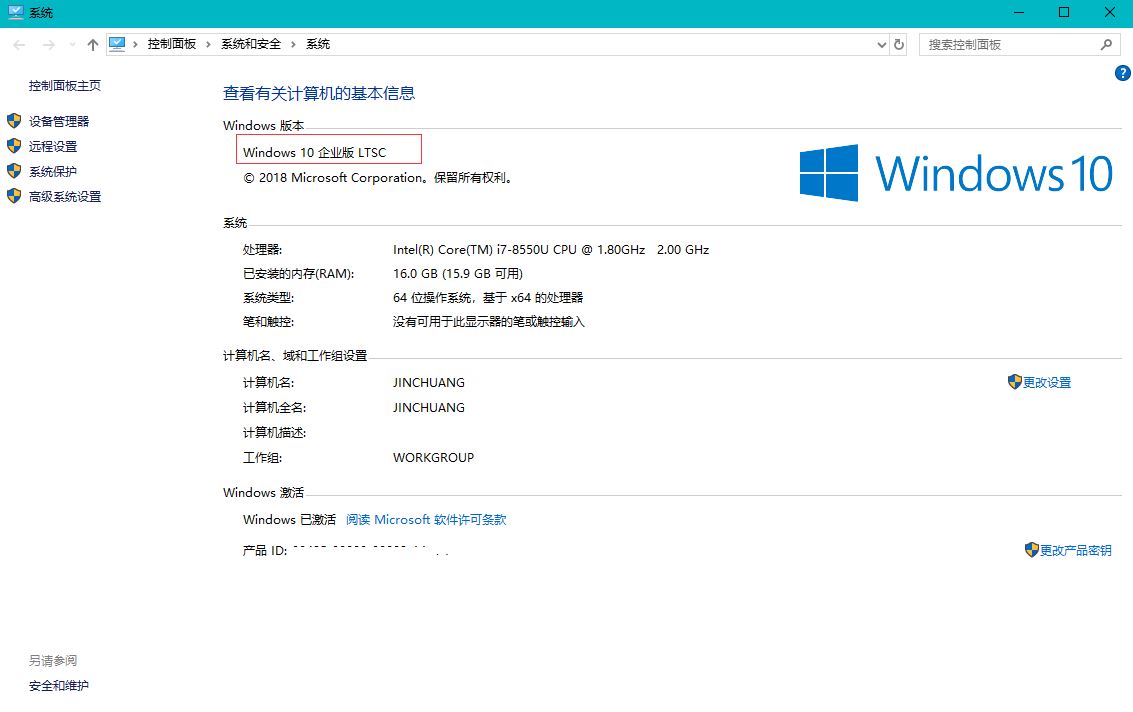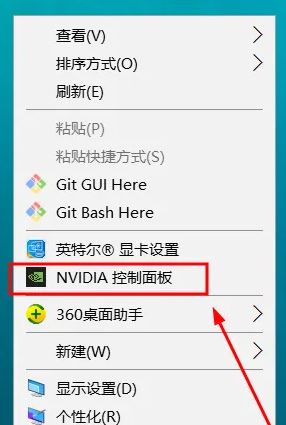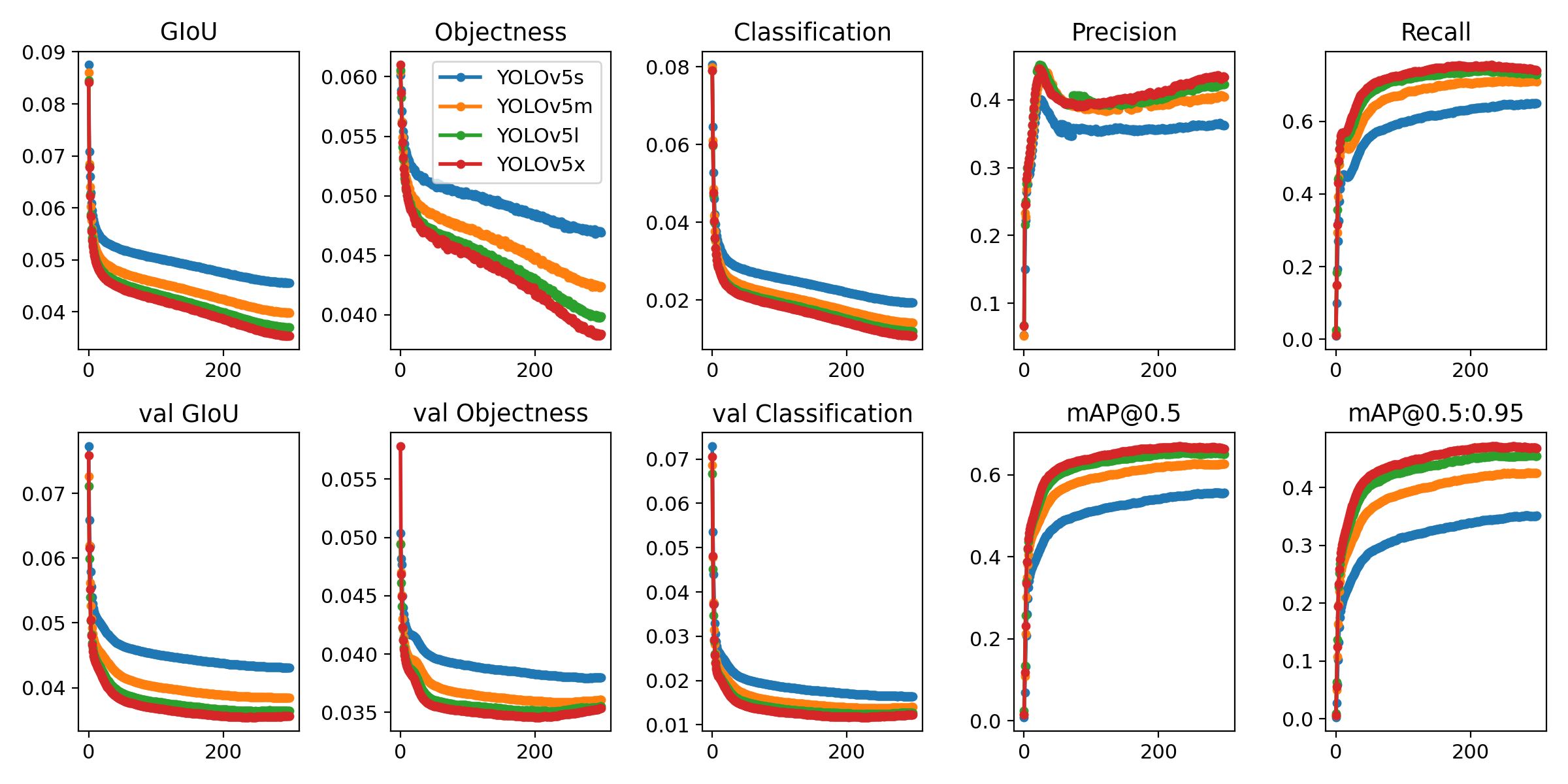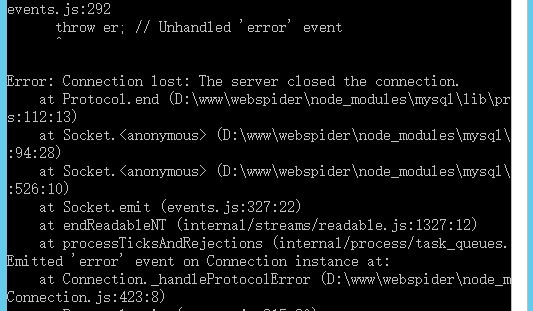发出 PUT 请求的最简单方法 Axios 是 axios.put() 功能 。 第一个参数 axios.put() 是 URL,第二个是 HTTP 请求正文 。
const res = await axios.put(https://httpbin.org/put, { hello: world });
res.data.json; // { hello: world }默认情况下,如果第二个参数 axios.put() 是一个对象,Axios 将对象序列化为 JSON 使用 JSON.stringify() 功能 。
如果第二个参数是一个对象,Axios 也会设置 content-type 标题到 application/json,因此大多数 Web 框架,如 Express ,将能够自动将请求正文转换为 JavaScript 对象。
const res = await axios.put(https://httpbin.org/put, { hello: world });
res.data.headers[Content-Type]; // application/json;charset=utf-8表单编码的请求正文
如果你传递一个字符串作为 body 参数为 axios.put(),axios 会设置 content-type 标题到 application/x-www-form-urlencoded。这意味着请求正文应该是一堆键/值对,由 & 连接,就像这样:key1=value1&key2=value2。
const res = await axios.put(https://httpbin.org/put, hello=world);
res.data.form; // { hello: world }
res.data.headers[Content-Type]; // application/x-www-form-urlencoded© 版权声明
文章版权归作者所有,未经允许请勿转载。
THE END










请登录后查看评论内容